Urban Ecology: 5 Features of Sustainable Cities
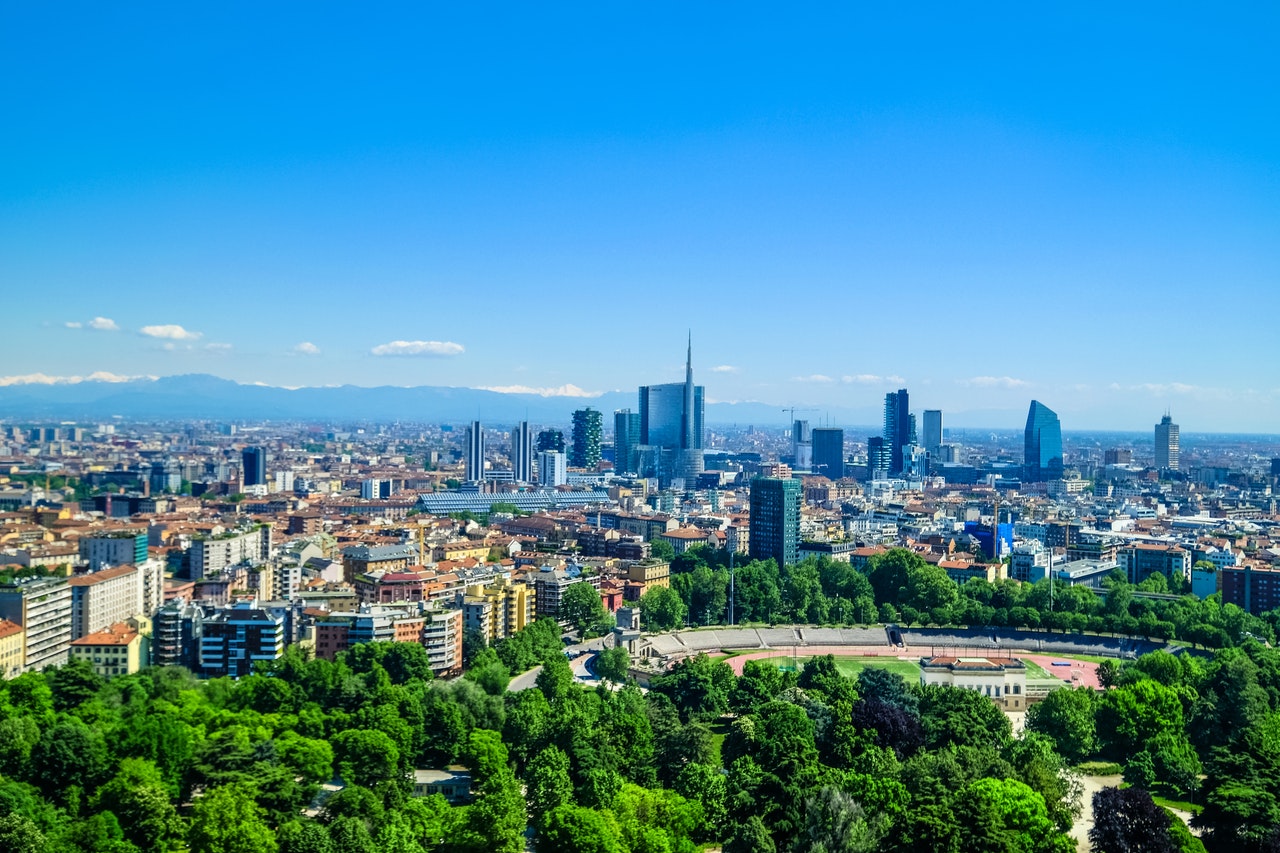 Densely-populated cities have become the new norm, and across the world, more people are moving into urban areas and out of their small-town and village homes. Today, more than half of the world’s population reside in such cities, making it increasingly difficult to find creative ways to reduce the cities’ carbon footprint and overall environmental impact.
Densely-populated cities have become the new norm, and across the world, more people are moving into urban areas and out of their small-town and village homes. Today, more than half of the world’s population reside in such cities, making it increasingly difficult to find creative ways to reduce the cities’ carbon footprint and overall environmental impact.
Luckily, more countries are doing their best to step up to the green learning curve and implement smarter, eco-friendly initiatives that will make cities far more sustainable an option for their residents. As urbanization is picking up its pace, it’s equally vital for every country to tackle these green policies and think of ways to preserve the natural world and its many eco-systems intact. Here’s what you can expect from truly sustainable cities, what their main features are, and how other urban areas can learn from them to find equally effective solutions to protect the environment.
Green transport zones
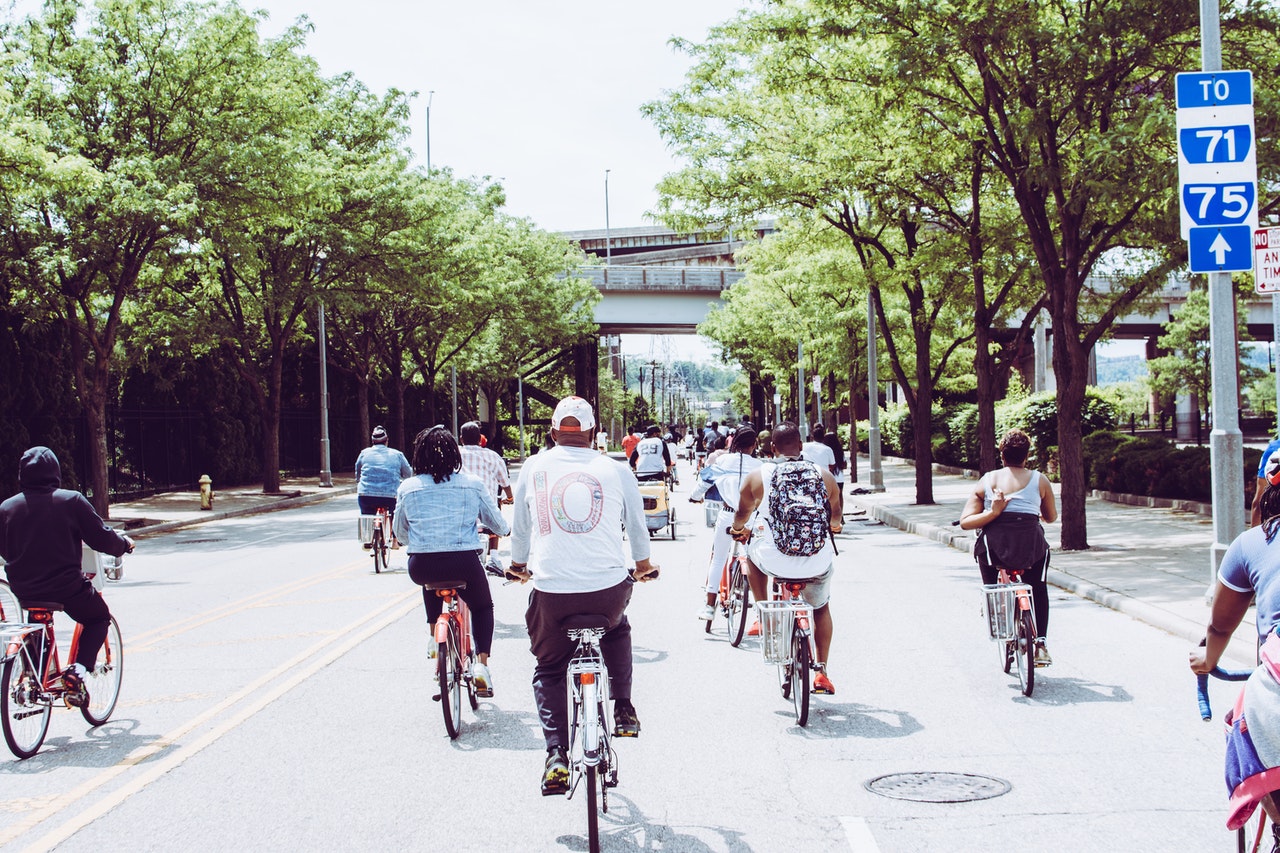 In cities such as Amsterdam or Copenhagen, you’ll see that cycling to work, the grocery store, or even taking your kids to school on a bicycle is an everyday occurrence. These and other cities have already focused on providing plenty of space for maneuvering around town on two wheels (sans the fuel), with dedicated cycling zones and vast pedestrian areas free of any car traffic.
In cities such as Amsterdam or Copenhagen, you’ll see that cycling to work, the grocery store, or even taking your kids to school on a bicycle is an everyday occurrence. These and other cities have already focused on providing plenty of space for maneuvering around town on two wheels (sans the fuel), with dedicated cycling zones and vast pedestrian areas free of any car traffic.
Add to that, these cities have well-developed public transportation based on green alternatives as opposed to noisy and polluting buses. Inspiring citizens to leave their cars for specific occasions and even to purchase electric and hybrid vehicles is another way to get more cyclists on the road – safely, of course. Urban planning is the key to such initiatives, because more people would be happy to use their bicycles if they felt safe and had proper cycling zones to connect different parts of the city.
Construction with green materials
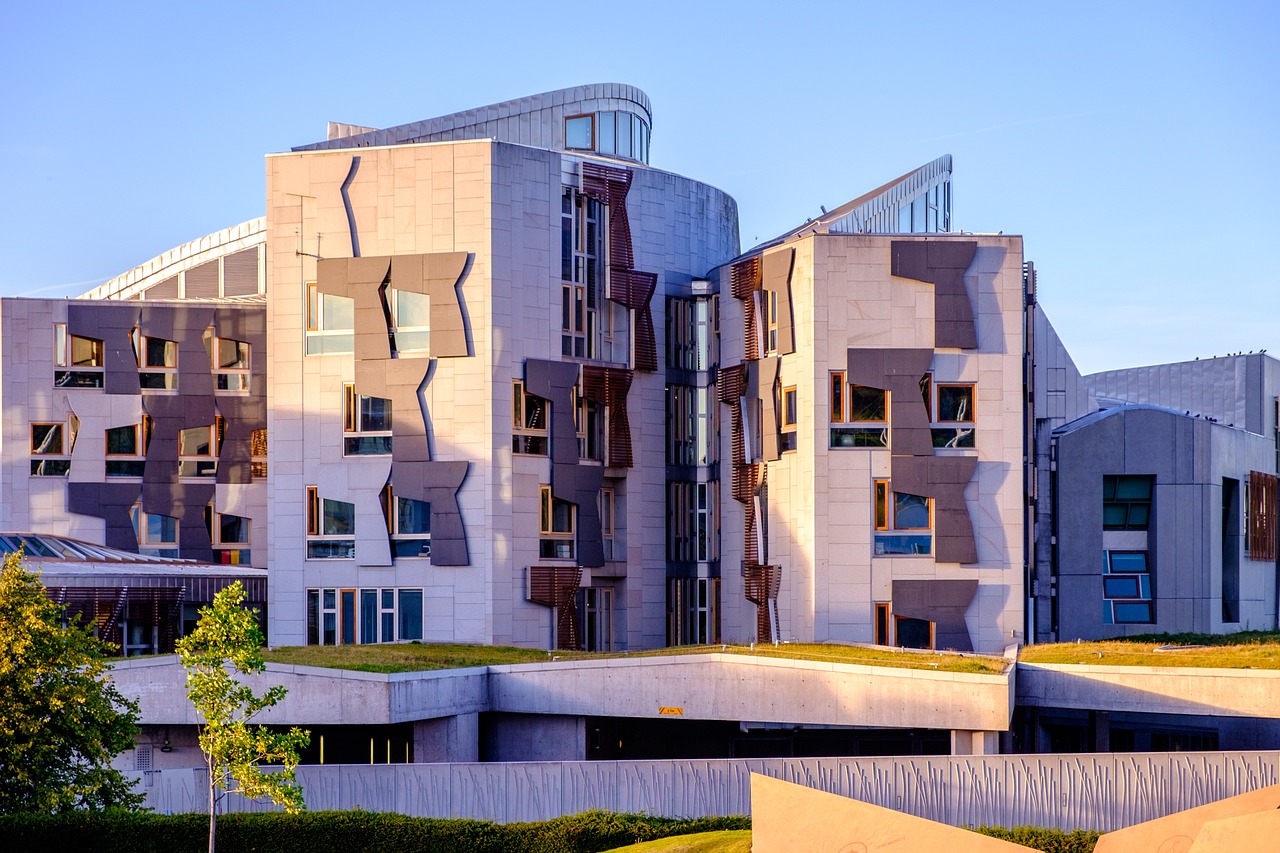 In addition to fossil fuels, the human world has also depleted (or is very close to depleting) other natural resources, thus jeopardizing the existence of all kinds of plant and animal species. In the construction industry as well as home improvement, more businesses are turning to green materials such as bamboo, wool, and recycled steel.
In addition to fossil fuels, the human world has also depleted (or is very close to depleting) other natural resources, thus jeopardizing the existence of all kinds of plant and animal species. In the construction industry as well as home improvement, more businesses are turning to green materials such as bamboo, wool, and recycled steel.
There are other equally sustainable materials available, and more cities and private businesses are choosing these over their conventional counterparts. If more cities were to invest in such projects, we’d see more buildings, as well as private residences made with these sustainable principles in mind.
Let there be sustainable light
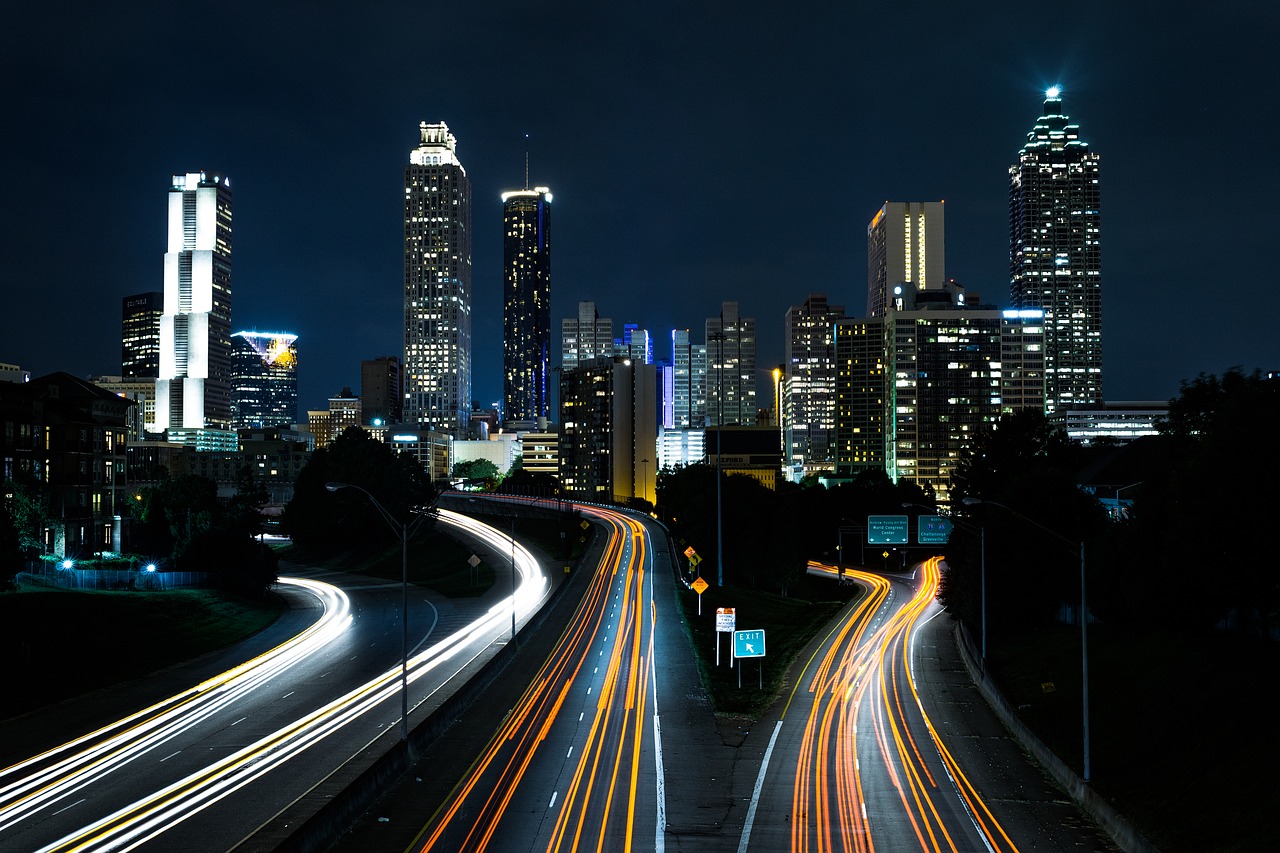 Just think of the energy needed to light an entire city, with streetlights, traffic lights, and entire systems for park illumination. Side by side with natural resources, urban ecology requires more cities to think of energy-efficient solutions for smart and sustainable lighting. To reduce energy consumption, more cities are building their infrastructures with systems such as BUCK Lighting, designed to provide a long-term, LED-based solution.
Just think of the energy needed to light an entire city, with streetlights, traffic lights, and entire systems for park illumination. Side by side with natural resources, urban ecology requires more cities to think of energy-efficient solutions for smart and sustainable lighting. To reduce energy consumption, more cities are building their infrastructures with systems such as BUCK Lighting, designed to provide a long-term, LED-based solution.
LED lights are known to be far more energy-efficient compared to their traditional, incandescent counterparts, and they tend to have a longer lifespan and ensure quality lighting without causing eye strain. It’s a triple-win for cities as well as residents, and a modern-day necessity for reduced energy waste.
Renewable energy
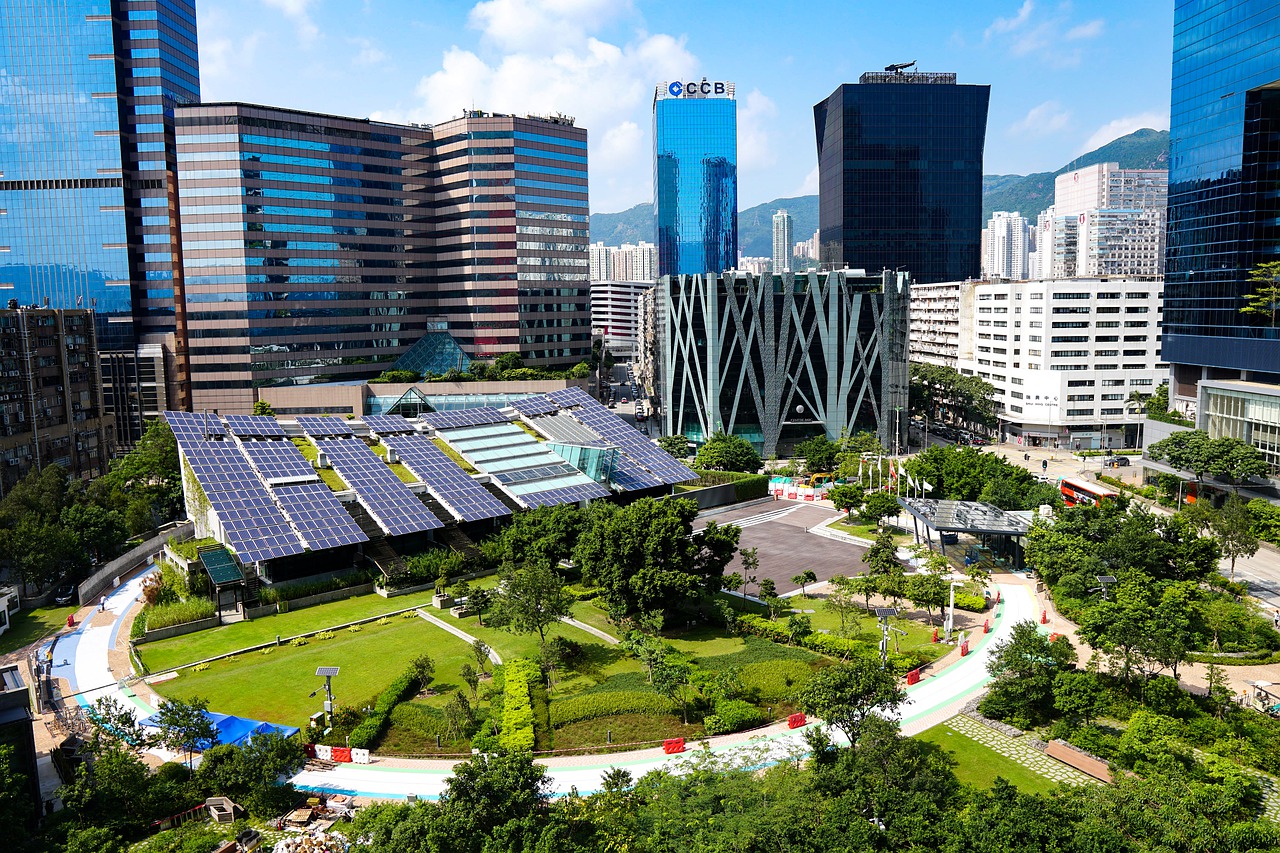 Now, in addition to setting up sustainable lighting systems, more cities are looking into opportunities to ensure greener, renewable energy sources to begin with. Depending on each country’s geography and thus its energy potential, various cities can find sustainable solutions by diversifying their resources. From wind, solar, to hydro, and all the way to tide energy, urban environments can greatly benefit from such systems for creating a unique, renewable energy grid for their population.
Now, in addition to setting up sustainable lighting systems, more cities are looking into opportunities to ensure greener, renewable energy sources to begin with. Depending on each country’s geography and thus its energy potential, various cities can find sustainable solutions by diversifying their resources. From wind, solar, to hydro, and all the way to tide energy, urban environments can greatly benefit from such systems for creating a unique, renewable energy grid for their population.
Incentivizing residential renewable energy solutions by providing cost-effective options for residents is yet another way to extend the impact of these resources beyond urban planning alone.
Recycling, repurposing, reduce
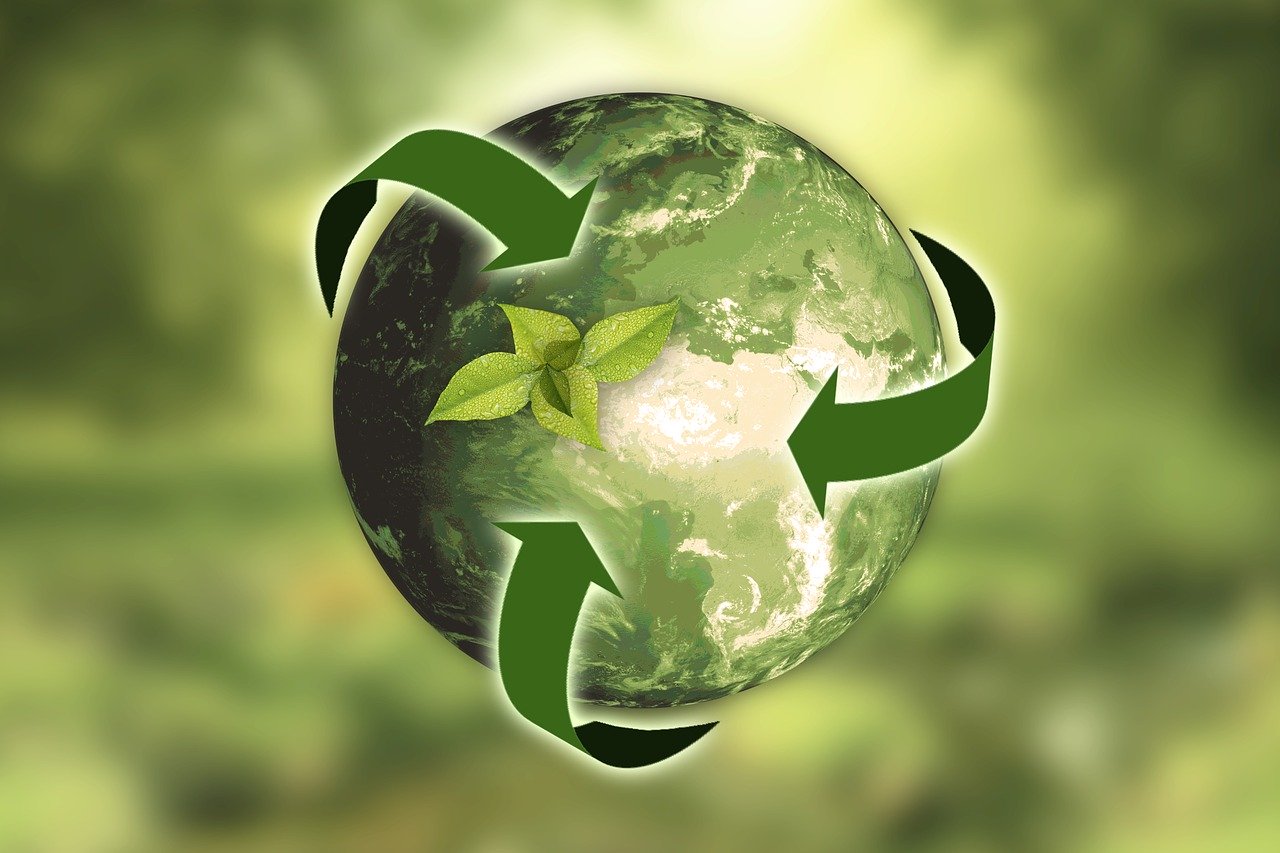 Finally, what does your city do with its waste? There should be a clear waste management plan based on these three main principles: reduce, reuse, recycle. Building a more minimalist mindset for any urban population starts with inspiring people to reduce their waste. Multi-purpose, long-lasting, and eco-friendly brands should steal the spotlight, while reusing and recycling should be deeply encouraged for families as well as individuals.
Finally, what does your city do with its waste? There should be a clear waste management plan based on these three main principles: reduce, reuse, recycle. Building a more minimalist mindset for any urban population starts with inspiring people to reduce their waste. Multi-purpose, long-lasting, and eco-friendly brands should steal the spotlight, while reusing and recycling should be deeply encouraged for families as well as individuals.
However, it all begins with the attitudes of the government. Enabling dedicated recycling plants, and supporting local initiatives for reselling and exchanging used goods, and other local plans can help slowly build up this mindset to reduce waste, empty landfills, and move towards a waste-free urban future.
Urban ecology is a trend on the rise that we should have embraced decades ago, but as we learn from the leaders of such an approach, including Scandinavia and Australia, we can certainly move toward a greener future despite urbanization. In fact, we can use our desire to reside in cities as an incentive to create sustainable solutions that make sense for us and Mother Nature alike. Until then, the very least we can do is master these key principles of urban ecology and aspire to create a sustainable future for the cities in which we reside.


Sorry, the comment form is closed at this time.